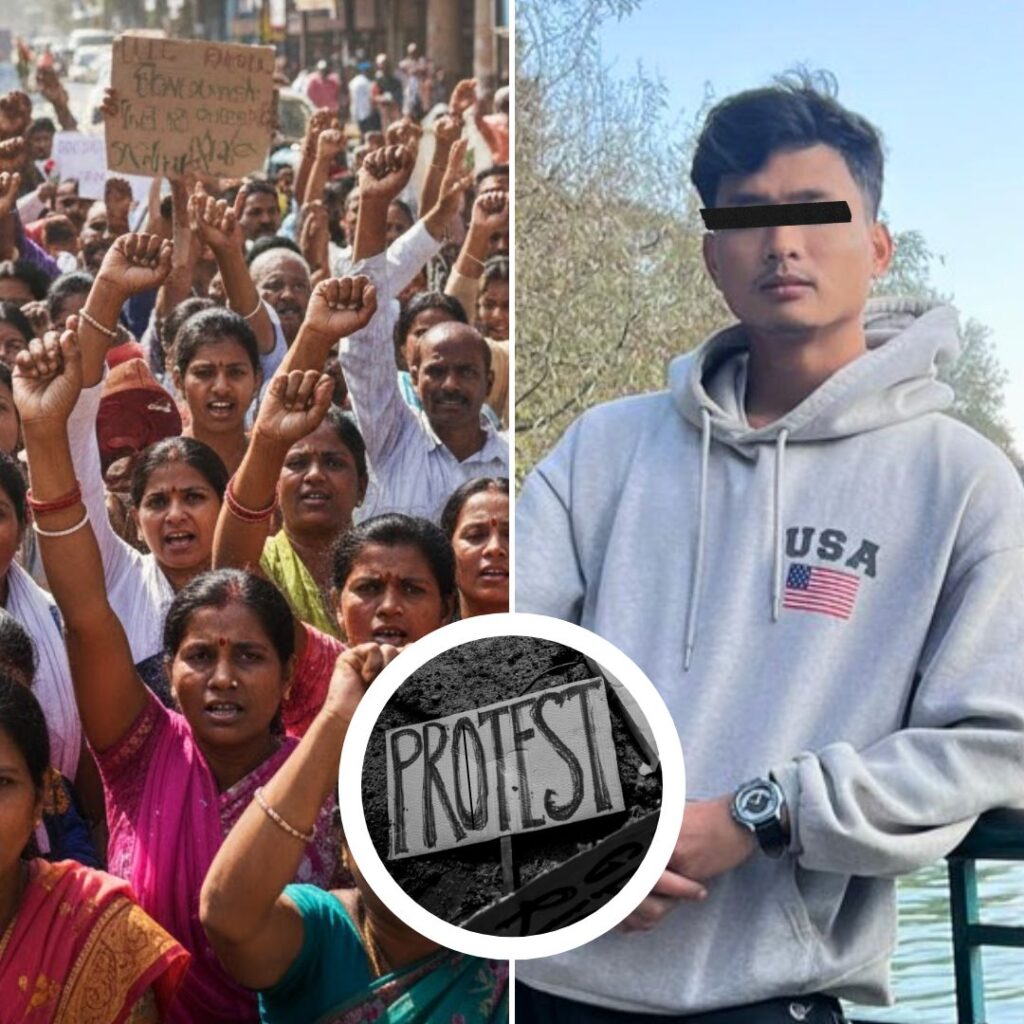Lashing out at the Bhartiya Janta Party (BJP) government over the Pulwama terror attack, Congress leader Rahul Gandhi asked three questions from the government.
Today as we remember our 40 CRPF martyrs in the #PulwamaAttack , let us ask:1. Who benefitted the most from the attack?2. What is the outcome of the inquiry into the attack?3. Who in the BJP Govt has yet been held accountable for the security lapses that allowed the attack? pic.twitter.com/KZLbdOkLK5
â Rahul Gandhi (@RahulGandhi) February 14, 2020
One year since the deadly attack in Pulwama that took away the lives of as many as 44 CRPF soldiers, several questions still remain unanswered. The loss of brave hearts still haunts the nation.
Around 3:00 pm on this day, last year, a Jaish-e-Mohammad (JeM) terrorist rammed a vehicle loaded with explosives into a Central Reserve Police Force (CPRF) convoy on Srinagar-Jammu national highway.
In the horrific attack, more than 40 CRPF personnel lost their lives when their convoy of 78 buses and 2500 personnel was targeted by the suicide bomber. Following the attack, banned terror outfit Jaish-e-Mohammed (JeM) claimed responsibility for the attack releasing a video of the purported attacker, Adil Ahmad Dar.
Nationwide protests erupted against the attack demanding an appropriate response from Pakistan.
What Happened To The Investigation?
As the CRPF pays homage to the supreme sacrifice of the Pulwama martyrs marking one year of the ghastly attack, the National Investigation Agency (NIA) has still not been able to trace the source of the explosives used by the suicide bomber in the attack.
In March and June 2019, the Jammu and Kashmir security forces gunned down two prime suspects, Mudasir Ahmed Khan and Sajjad Bhat in an encounter. This made it difficult for the NIA to file a charge sheet against the suspects to continue with the probe. The NIA claimed that it is difficult to gather technical evidence to understand the conspiracy of the attackers due to the absence of the prime suspects.
In the initial probe, it was found that the vehicle was first sold in 2011 and resold multiple times before it was finally bought by Sajjad Bhat on February 4, 2019, ten days before the attack. NIA also named Mudasir Khan for arranging the explosives prior to the attack.
Another hindrance in tracing the source of explosives was the engine block of the vehicle that was blown and destroyed after the car rammed into the CRPF convoy. Only burnt residues were found at the site of the attack.
‘Had we recovered samples from a bomb that had not exploded, then tracing the source would have been easier on the basis of its composition and usage pattern,’ the NIA claimed.
The Arrangement Of The Car
The NIA had identified the vehicle, Maruti Eeco, used in the attack and its owner after putting together the remains of the car recovered from the blast site.
The investigations also showed that the RDX was brought into Valley in small amounts and was laden in a sedan, not an SUV.
This raises serious questions on the increasing infiltrations along the line of control, something that the Union Government has not been able to prevent.
Massive Intel Failure
The attack turned out to be a result of a massive intelligence failure. However, the claims of the Ministry of Home Affairs stated otherwise.
The ministry said that an inquiry in the incident reported that there was an alert about the IED during the attack period but not specific to a car-borne suicide bomber.
The report also pointed as to how civilian movement was permitted while the convoys were carrying the CRPF personnel.
Security Lapse
It was found that there were no escort vehicles for the convoy, which sacrificed the safety of the defence personnel. The car with the explosives reached the highway from a road after driving alongside the convoy for a while before ramming into the target. How could this miss anybody’s attention?
The SUV moved in a zigzag manner before ramming into the convoy. According to the footages of the attack, ASI Mohan Lal on ROP duty was seen trying to ‘physically’ stop the vehicle that was being driven by the suicide bomber.
It was found that the convoy with 78 vehicles was unusually long. This happened because no vehicles were plying on the Jammu-Srinagar highway due to heavy snowfall. This was another instance where the forces neglected the security of their personnel.
The movement of military vehicles and convoy happens at regular intervals. This also pointed at the easy predictability of the movement of that particular convoy that was available with the attackers.
The vehicle reportedly carried around 300kg of explosives which could not have been smuggled all at once, but in intervals, to reach a particular destination. This questioned the accountability of the lethal courier activity that the army failed to detect.
Davinder Singh’s InvolvementMonths after the deadly Pulwama attack, former DSP Davinder Singh is now under the scanner for his involvement in th…












